Yuma chile peppers are a mild to medium-hot variety of Capsicum annuum native to the Yuma region of Arizona, USA. Known for their balanced heat (500-2,500 Scoville Heat Units) and versatile flavor profile, these peppers are a staple in Southwestern cuisine. This comprehensive guide covers everything you need to know about Yuma chiles, including their heat level, flavor characteristics, cooking uses, buying tips, and growing methods.
Table of Contents
- What is a Yuma Chile Pepper?
- Flavor Profile and Heat Level
- Why Use Yuma Chiles in Cooking?
- Where to Buy and How to Choose Yuma Chiles
- How to Use Yuma Chiles in Recipes
- Growing Yuma Chile Plants at Home
- Yuma Chile Pepper FAQs
- Conclusion
What is a Yuma Chile Pepper?
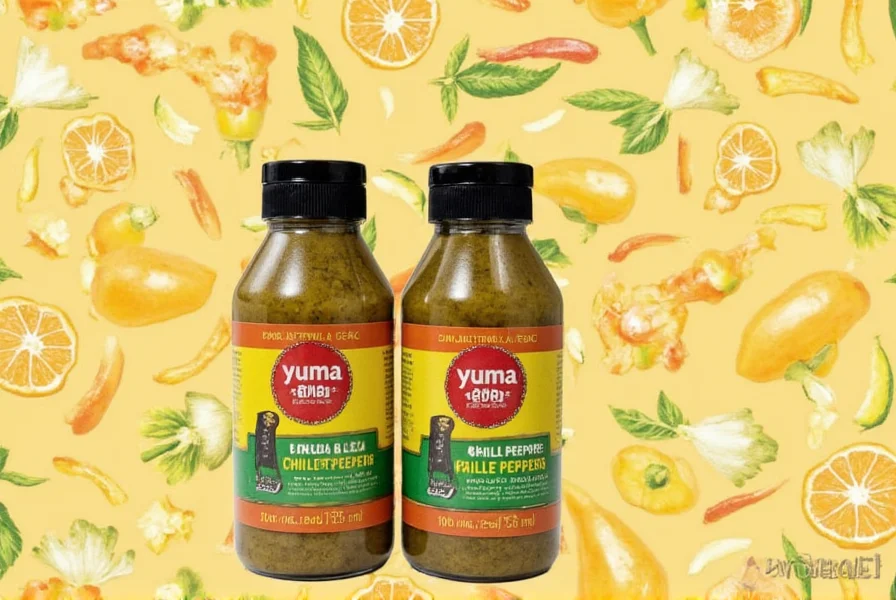
The Yuma chile pepper is a specific cultivar of Capsicum annuum, primarily grown in Arizona's Yuma County desert region. According to the USDA Agricultural Research Service, these peppers thrive in hot, dry climates and are known for their consistent mild-to-medium heat profile. Unlike jalapeños or habaneros, Yuma chiles have a thin skin and elongated shape that becomes wrinkled when dried, offering unique versatility in fresh and dried applications.
Origins and History
Native to the Sonoran Desert region, Yuma chiles have been cultivated for generations in Arizona and Northern Mexico. They are closely related to Anaheim peppers but are distinguished by their slightly shorter length and more uniform heat level. Historically, these peppers were a key ingredient in traditional Sonoran dishes like chiles rellenos and green chile stew, where their balanced flavor profile enhances rather than overwhelms other ingredients.
Flavor Profile and Heat Level
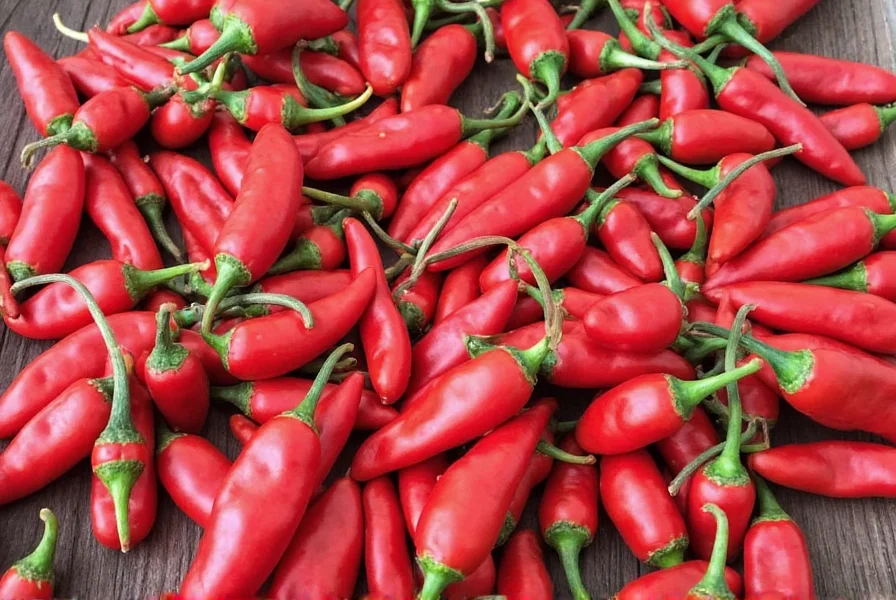
Understanding the heat and flavor characteristics of Yuma chiles is essential for proper culinary use. The Scoville Heat Unit (SHU) scale measures pepper spiciness, with Yuma chiles consistently falling in the mild-to-medium range.
| Pepper | Scoville Units | Yuma vs Others |
|---|---|---|
| Yuma Chile (Fresh) | 500–2,500 SHU | Mild to Medium |
| Jalapeño | 2,500–8,000 SHU | Hotter than Yuma |
| Anaheim | 500–2,500 SHU | Similar heat level |
| Hatch | 1,000–8,000 SHU | Broad range; can be hotter |
Source: USDA Agricultural Research Service, 2024
Taste Characteristics
- Fresh: Crisp, vegetal, with bright citrus and green bell pepper notes
- Dried: Smoky, earthy, with subtle sweetness similar to ancho chiles
- Roasted: Deep caramelized flavor with enhanced smokiness, ideal for sauces and stews
Why Use Yuma Chiles in Cooking?
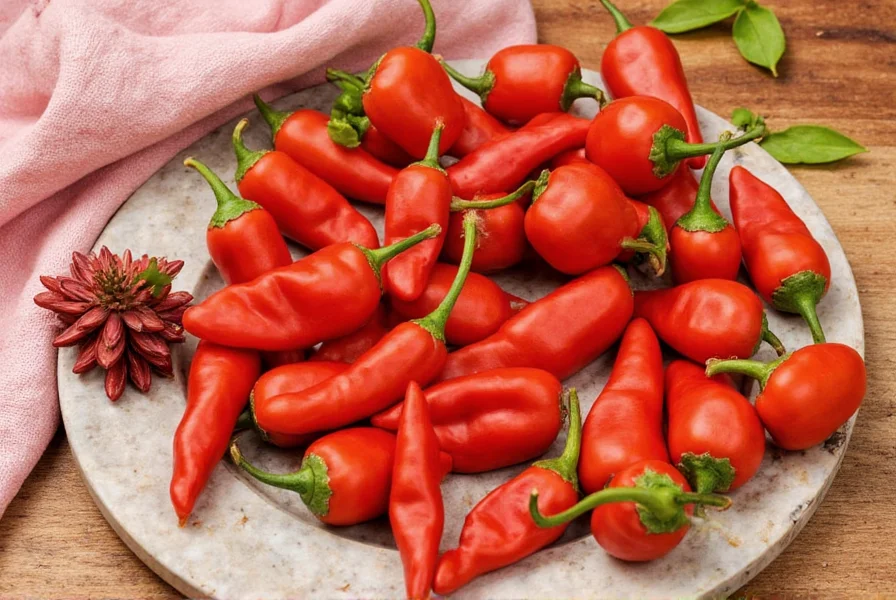
Here are five key reasons why Yuma chiles are a valuable addition to your kitchen:
- Balanced Heat: Perfect for everyday meals—spicy enough to add flavor but not overwhelming for sensitive palates
- Flavor Versatility: Works equally well fresh, roasted, dried, or pickled in diverse cuisines
- Authentic Southwestern Flavor: Essential for traditional dishes like carne adovada, green chile stew, and chiles rellenos
- Easy Substitution: Can replace jalapeños for milder heat or Anaheims for more consistent flavor
- Home Gardening Friendly: Thrives in warm climates with minimal care, producing abundant harvests
Where to Buy and How to Choose Yuma Chiles
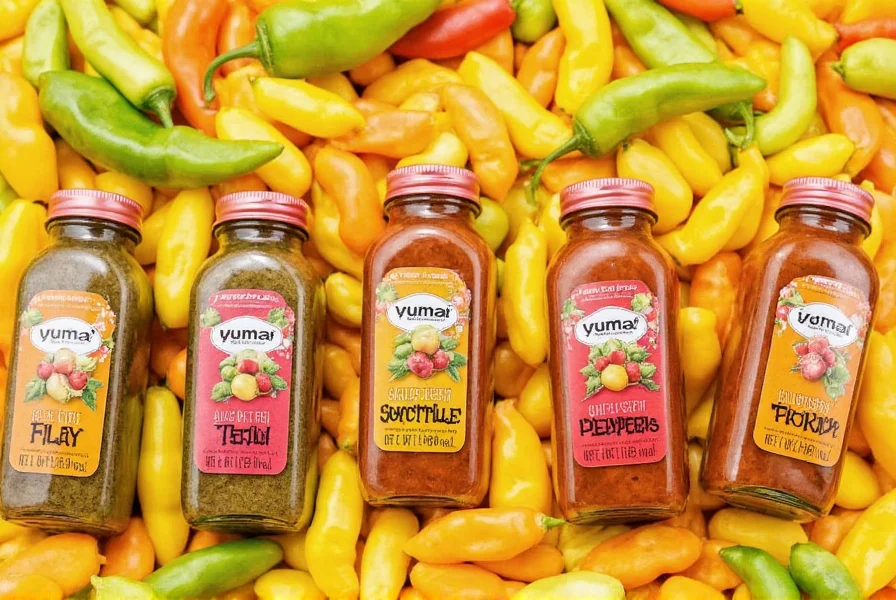
Yuma chiles are widely available through multiple channels. Here's how to find and select the best quality:
Where to Buy
- Farmers Markets: Best in Arizona, California, and New Mexico during late summer (August-October)
- Grocery Stores: Look in produce sections labeled "Mexican peppers" or "Southwestern ingredients"; often sold as "California chiles" or "Anaheim-type"
- Online Retailers: Specialty sites like PepperScale.com, Amazon Fresh, or local farm-to-table services
| Feature | What to Look For | What to Avoid |
|---|---|---|
| Skin | Smooth, glossy, firm texture | Soft spots, wrinkles, or shriveling |
| Color | Bright green to deep green (or red when mature) | Faded color or brown patches |
| Stem | Firm, green, and attached securely | Dry, brittle, or detached stems |
Dried Yuma Chiles: Selection Guide
Dried Yuma chiles should be pliable (not brittle) and retain a rich, dark red color. Store in airtight containers away from light to preserve flavor for up to 12 months. Look for brands like "Arizona Specialty Peppers" or "Sonoran Farms" for authentic quality.
How to Use Yuma Chiles in Recipes
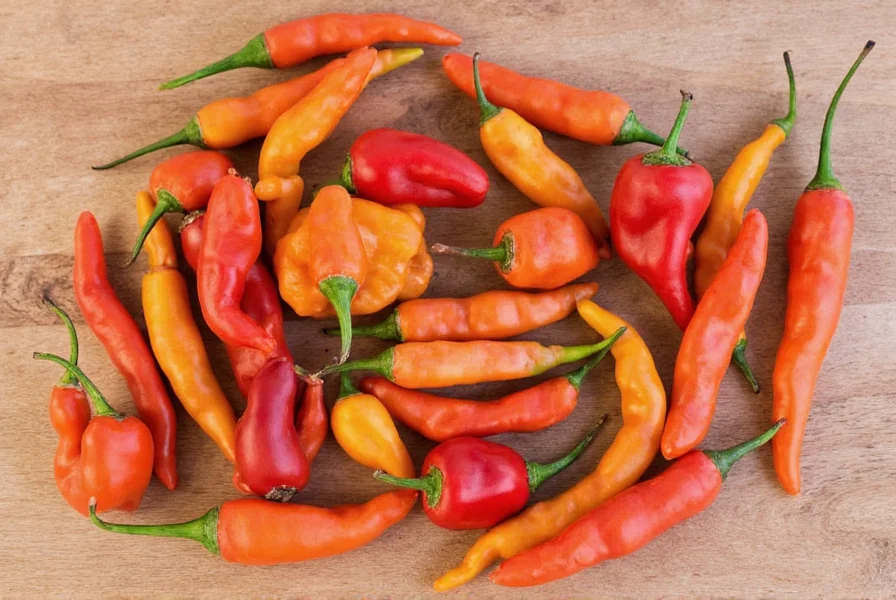
Yuma chiles' balanced heat makes them incredibly versatile. Here are proven methods to maximize their flavor:
Top 5 Recipe Applications
- Chiles Rellenos: Stuff with Oaxaca cheese, batter, and fry for a classic Southwestern dish
- Green Chile Stew: Roast and blend with potatoes, pork, and spices for authentic Arizona comfort food
- Roasted Pepper Salsa: Combine with tomatillos, cilantro, and lime for a vibrant fresh salsa
- Pickled Yuma Chiles: Preserve in vinegar brine for sandwiches, tacos, or grain bowls
- Smoked Chili Oil: Infuse olive oil with roasted Yumas for drizzling over pizza or grilled vegetables
Cooking Tips for Best Results
- Roast First: Char over open flame or under broiler to enhance smoky sweetness
- Seed Management: Remove ribs and seeds for milder heat; keep for extra spice
- Pair Smartly: Balance earthiness with citrus (lime or lemon) or sweet elements (roasted corn)
- Timing Matters: Add fresh chiles near the end of cooking to preserve texture
Growing Yuma Chile Plants at Home
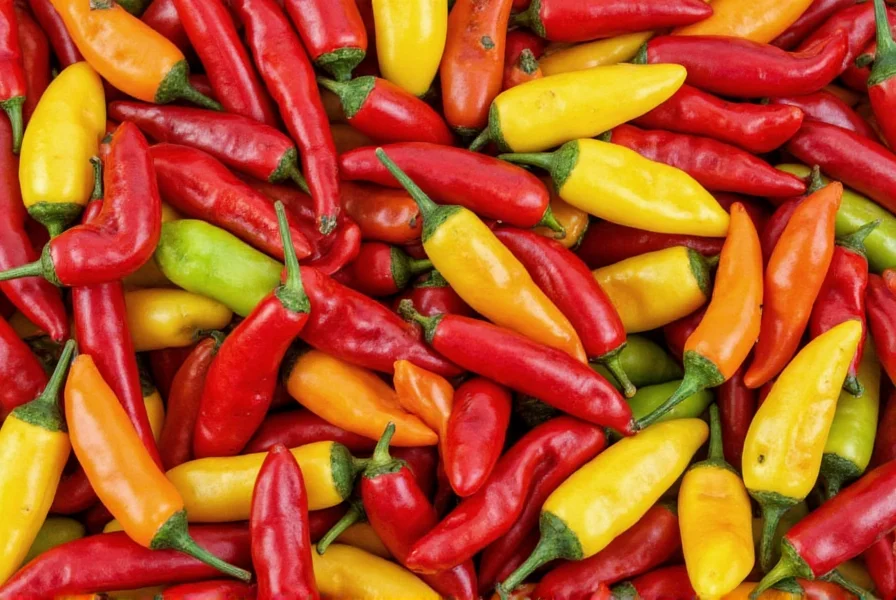
Yuma chiles thrive in warm climates and are surprisingly easy to grow. Follow these proven techniques:
Optimal Growing Conditions
- Climate: Requires 6-8 hours of direct sunlight daily; ideal for USDA zones 9-11
- Soil: Well-draining sandy-loam with pH 6.0-7.0; add compost for nutrients
- Watering: Keep soil moist but not soggy—water deeply 2-3 times weekly
- Harvesting: Pick at 3-4 inches long for fresh use; wait for red color for sweeter dried peppers
Pro Gardening Tips
- Start seeds indoors 8 weeks before last frost date
- Use black plastic mulch to retain heat in cooler climates
- Rotate crops annually to prevent soil-borne diseases
- Store fresh harvests in refrigerator for up to 10 days or freeze whole for later use
Yuma Chile Pepper FAQs
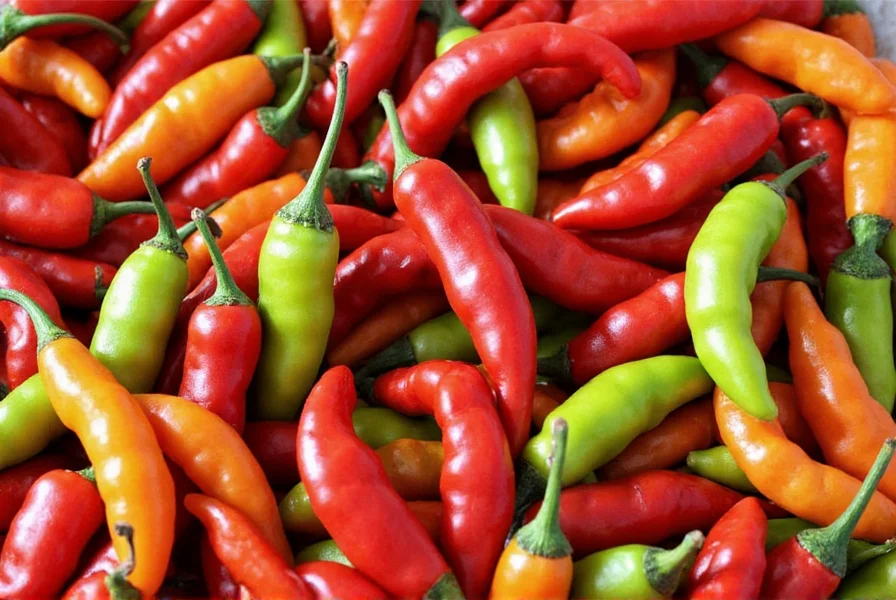
| Question | Answer |
|---|---|
| Are Yuma chiles the same as Anaheim chiles? | They're very similar but not identical. Yuma chiles are slightly shorter and thinner with more consistent heat (500-2500 SHU), while Anaheims vary more widely (500-8000 SHU). Both are used interchangeably in recipes. |
| Can I substitute Yuma chiles in a recipe? | Yes! For milder heat, use poblanos. For similar heat, Anaheim or Hatch chiles work well. For dried versions, guajillo or ancho chiles are good substitutes. |
| Do Yuma chiles ripen after picking? | Yes, they continue to ripen off the vine. Store at room temperature in a sunny spot to turn from green to red, increasing sweetness over 3-5 days. |
| How long do dried Yuma chiles last? | Properly stored in airtight containers away from light, dried Yuma chiles maintain quality for 10-12 months. Check for musty smell or mold before use. |
| How spicy are Yuma chiles compared to jalapeños? | Yuma chiles (500-2500 SHU) are generally milder than jalapeños (2500-8000 SHU). Use 1.5-2 times more Yuma chiles to match jalapeño heat in recipes. |
| What dishes are Yuma chiles traditionally used in? | They're essential in Sonoran cuisine: chiles rellenos, green chile stew, carne adovada, salsas, and roasted egg dishes. Their mild heat makes them perfect for stuffed peppers where the pepper itself is the star. |
Conclusion
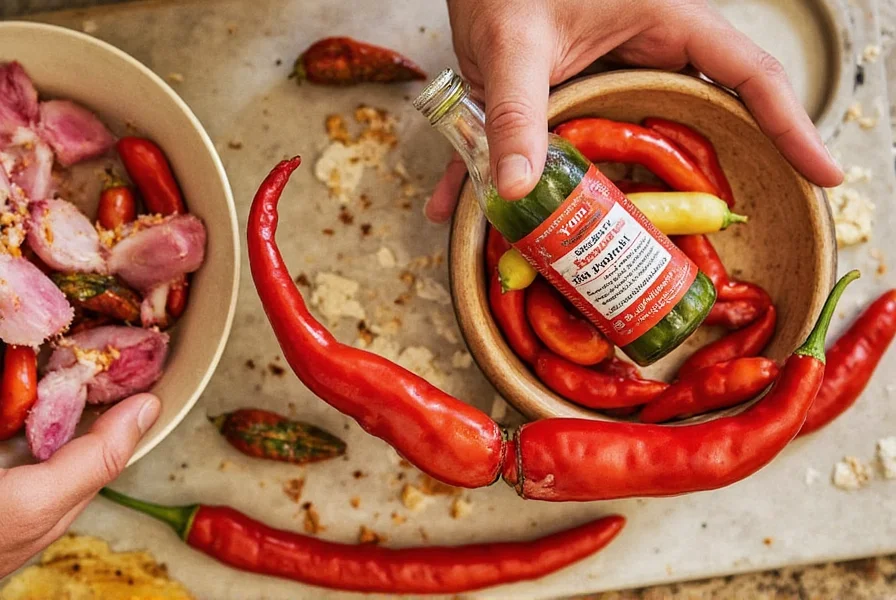
Whether you're a home cook exploring new flavors or a professional chef seeking reliable ingredients, Yuma chile peppers offer the perfect balance of heat and versatility. With their consistent mild-to-medium spice, distinctive Southwestern flavor, and adaptability across cooking methods, they're an essential addition to any kitchen. Start by trying them in a simple green chile stew or roasted salsa, and discover why this Arizona-grown staple continues to win over food lovers worldwide.

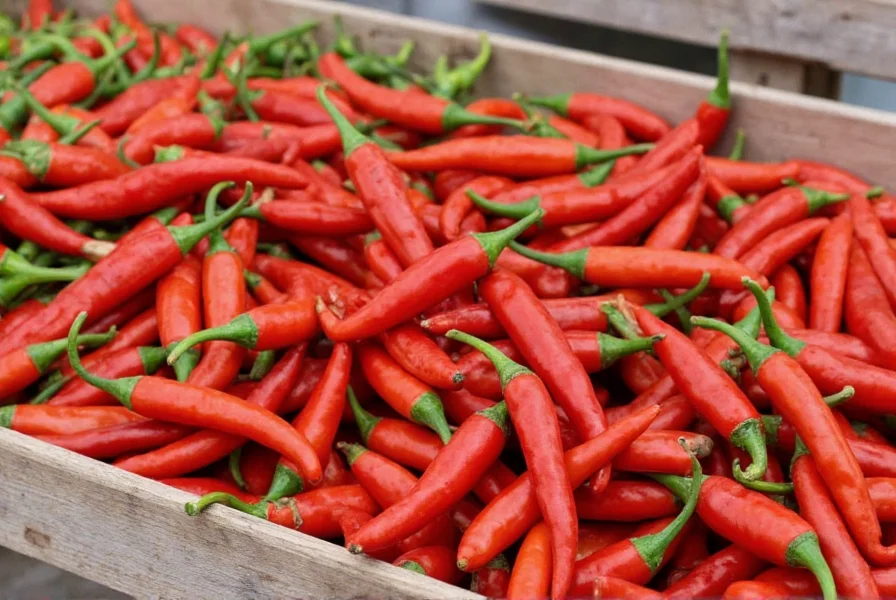









 浙公网安备
33010002000092号
浙公网安备
33010002000092号 浙B2-20120091-4
浙B2-20120091-4